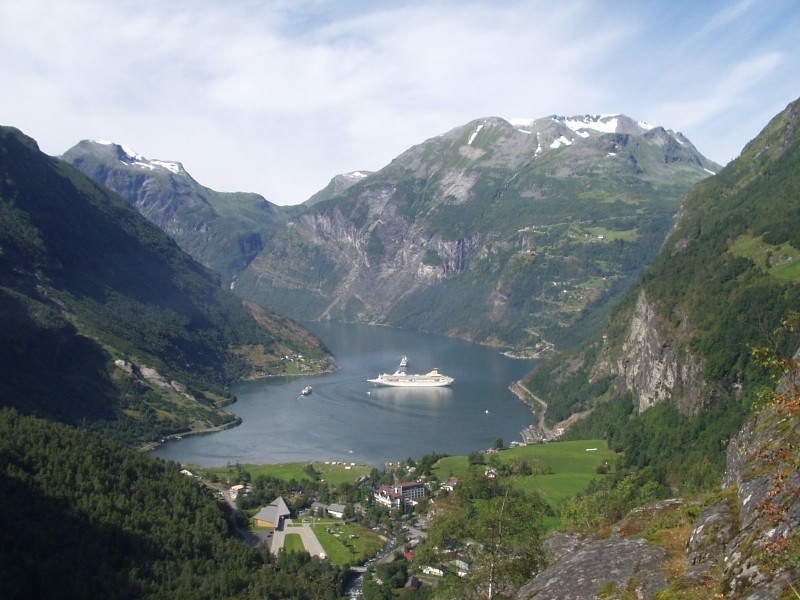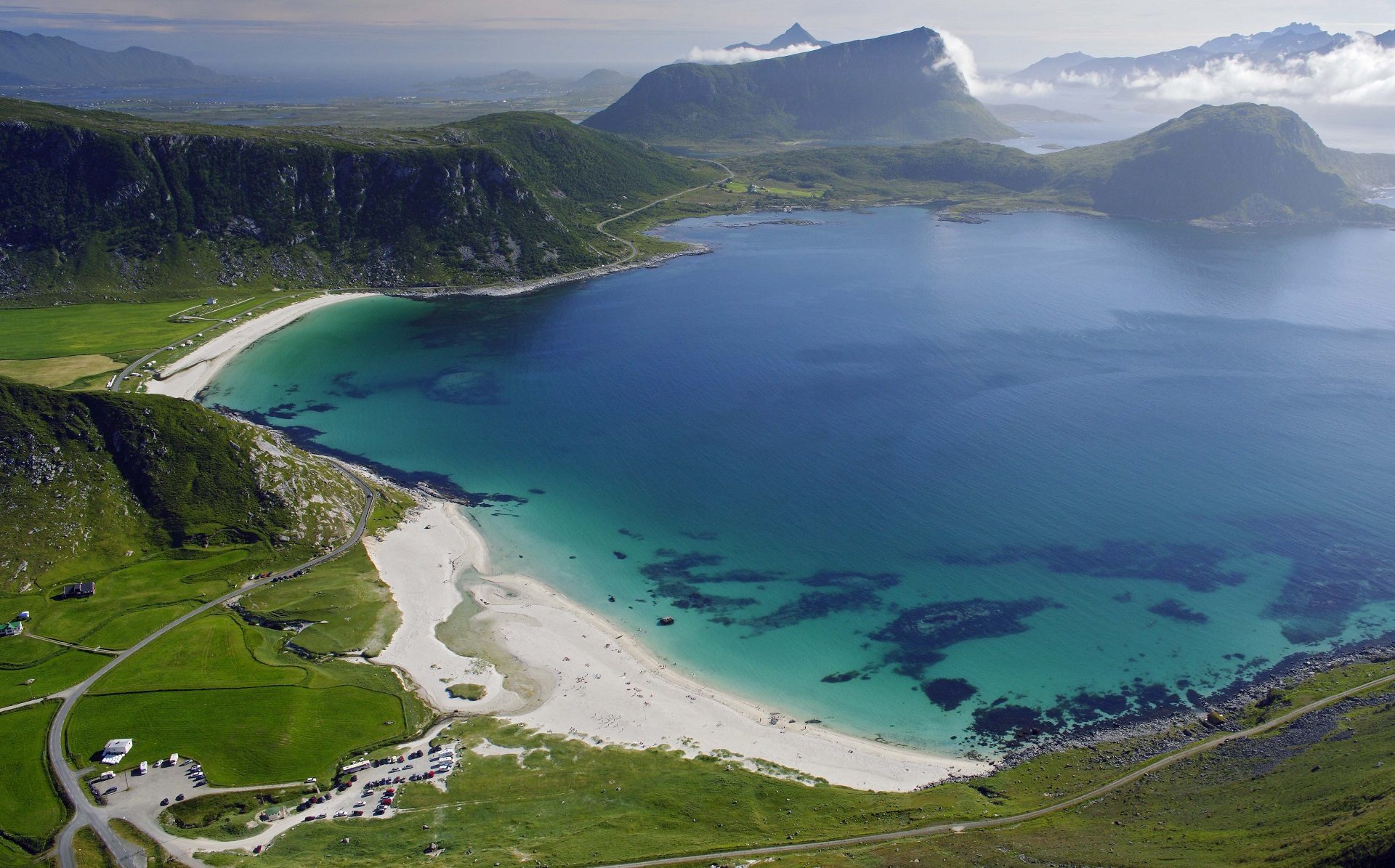Why Norway has so much coastline but almost no beaches
 Why Norway has no beaches and where locals go on vacation (photo: Getty Images)
Why Norway has no beaches and where locals go on vacation (photo: Getty Images)
Norway is the kingdom of blue waters and majestic mountains. Its coastline, if stretched out on a map, would be longer than the equator, and its access to the sea is one of its main geographical advantages. Yet finding a typical sandy beach here, like in Turkey or Italy, is quite a quest. Why Norway has the sea but no beaches, and where Norwegians go to relax?
The Norwegian paradox is simple: the country has one of the longest and most dramatic coastlines in the world, but it has almost no wide, sandy, or gently sloping shores. The reason lies in its grand geological history and the relentless work of glaciers.
Glacial activity: Legacy of the Ice Age
The main "culprit" behind the lack of beaches is the Ice Age. For millions of years, powerful glaciers repeatedly covered Norway's territory.
Glacial erosion. The ice acted like a gigantic bulldozer. It didn't create but destroyed. Instead of depositing sand and gravel (as rivers do), it scraped away rock layers and carried the material deep into the sea.
Formation of fjords. Glaciers carved deep, V-shaped valleys that, after melting, filled with seawater, forming the famous fjords. The fjord walls are vertical cliffs plunging straight into the water, leaving no room for gentle shores to form.
Norway's coastline is mostly bare, polished granite that doesn't allow sand to accumulate.
Geography: Cliffs instead of shores
Norway's coastline is not flat land but an extension of the Scandinavian mountain range (Kjolen).
Vertical descent. The shores here are not sloping but steep and rocky. This means that where the sea meets the land, it encounters a vertical cliff rather than a sandy incline.
Rocky material. Even the material that erodes here is hard granite and gneiss. When waves strike this rock, it turns not into soft sand but into large boulders or sharp gravel unsuitable for beach recreation.

Enclosed fjord in Norway (photo: Wikipedia)
Influence of waves and currents
Unlike shallow seas, where waves can move and deposit sand, Norway's shores are affected by several factors that prevent beaches from forming:
Depth of fjords. Fjords are extremely deep (reaching up to 1,300 meters). In such deep water, waves cannot effectively transport or accumulate material near the shore.
Strong tides. Dynamic changes in water level quickly wash away any small deposits of sand or gravel.
Northern currents. The waters of the North Sea and the Norwegian Sea are often cold and turbulent, which also hinders the formation of stable sediment.
Where to find beaches
Despite everything, Norway does have a few exceptions where sand can be found. These places are often located in regions less affected by glaciers or where rivers have managed to deposit enough soft material:
The Lofoten Islands (scenic beaches). For example, Ramberg Beach or Unstad Beach. These are small but incredibly picturesque beaches with white sand surrounded by dramatic cliffs. They're popular among surfers.
The Jæren region. Located in the southwest near Stavanger, this is the flattest region in Norway. It has long stretches of sand dunes where you can find classic sandy beaches.
Inner fjords. In sheltered, shallow bays with minimal water movement, small sandy or grassy areas can form, which locals use for swimming.
 Lofoten beach (photo: Travel Norway)
Lofoten beach (photo: Travel Norway)
Thus, Norway's coastline is a tale of the eternal struggle between water and rock, where rock wins, leaving behind majestic fjords instead of gentle beaches. This makes a trip to Norway a unique experience unlike any other in the world.
You may be interested in:
- Where to find the world's most romantic lighthouses that operate as hotels
- In which country is it illegal to die, and what an ancient virus has to do with it
Sources: Geological Survey of Norway, University of Oslo/Bergen data, Visit Norway.

